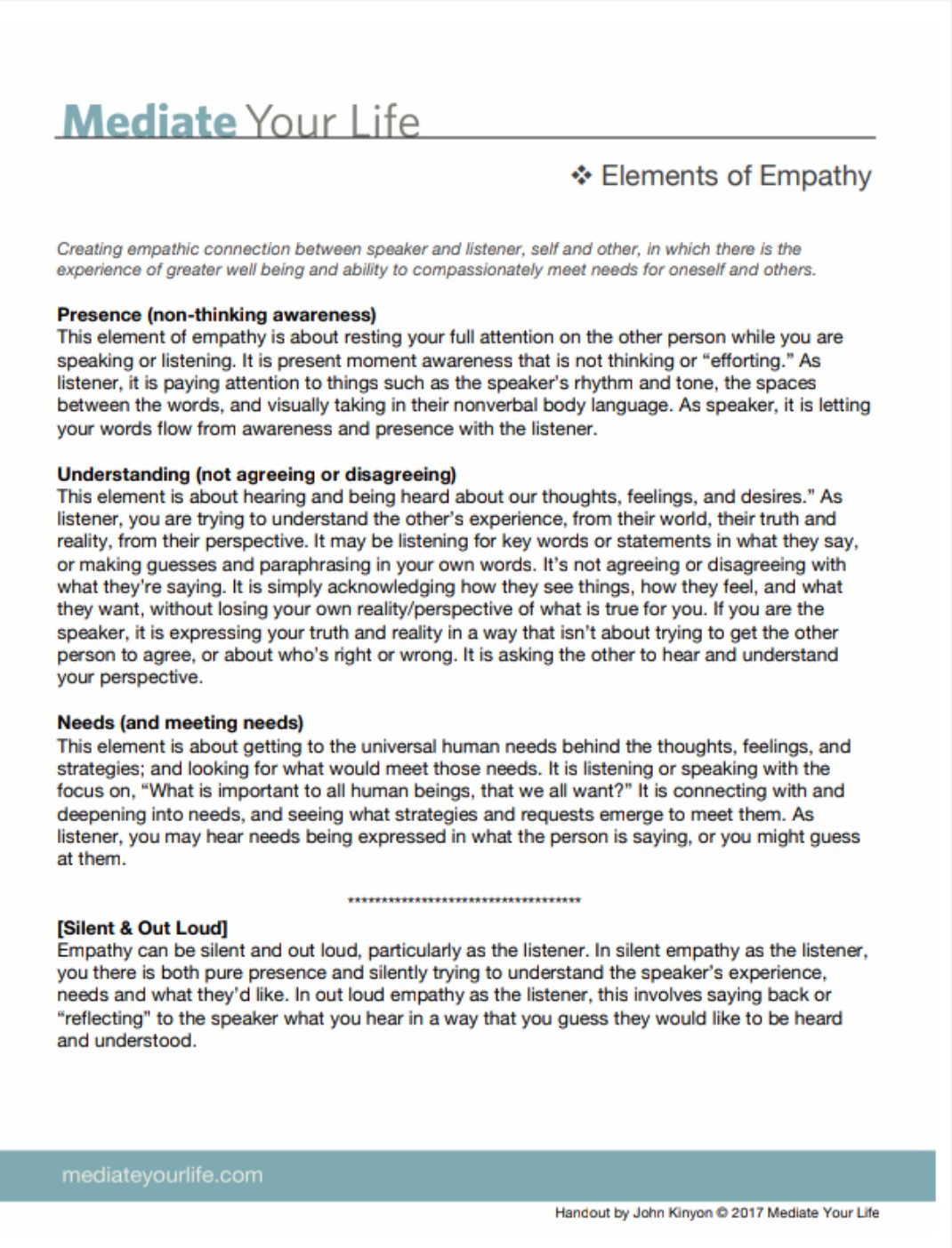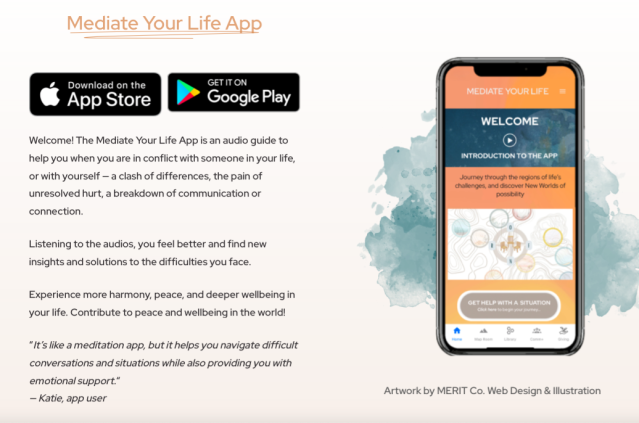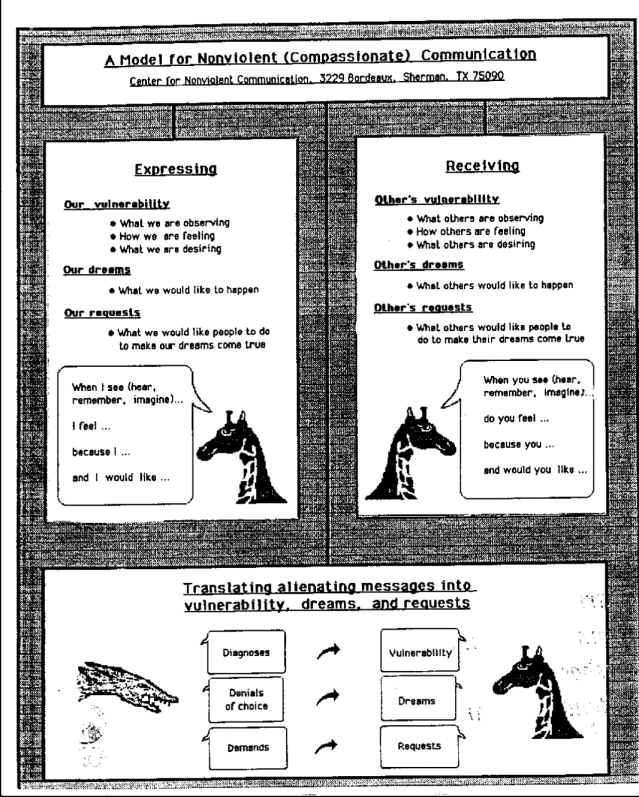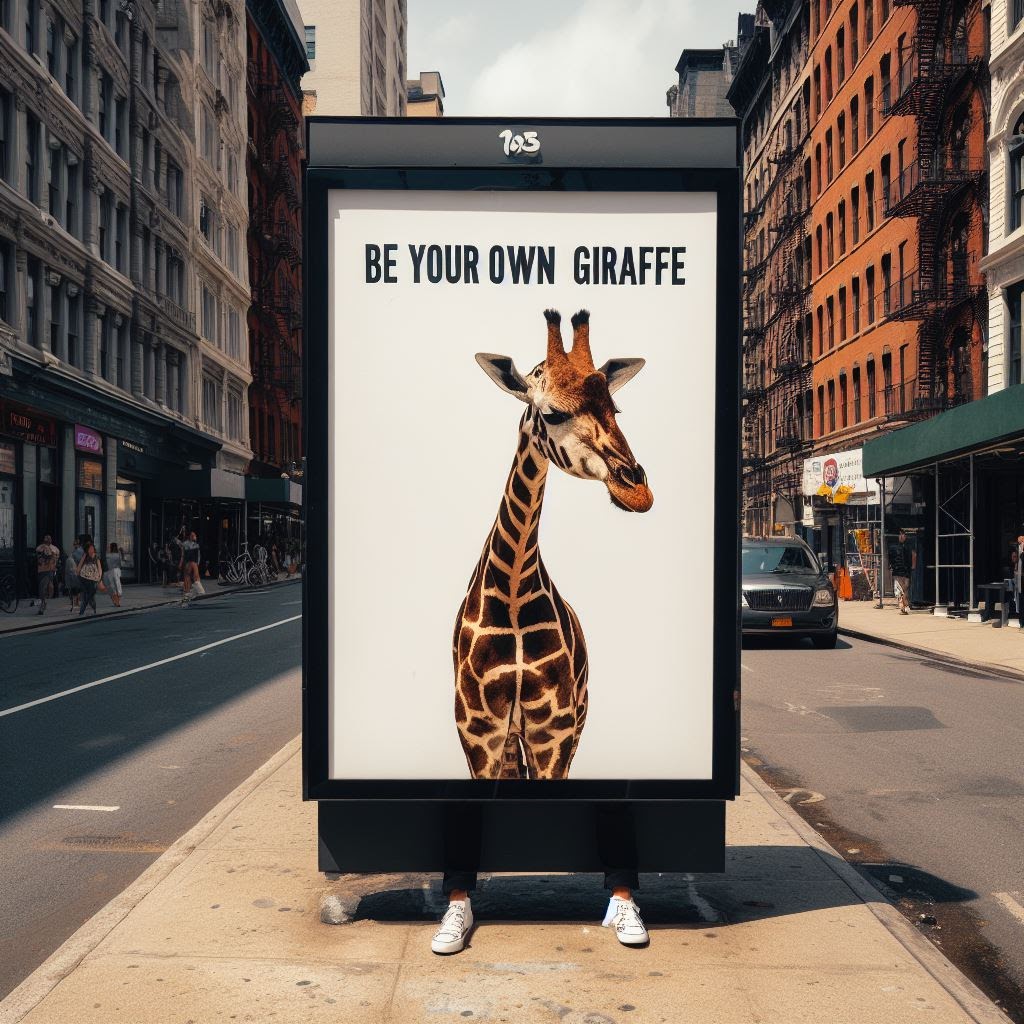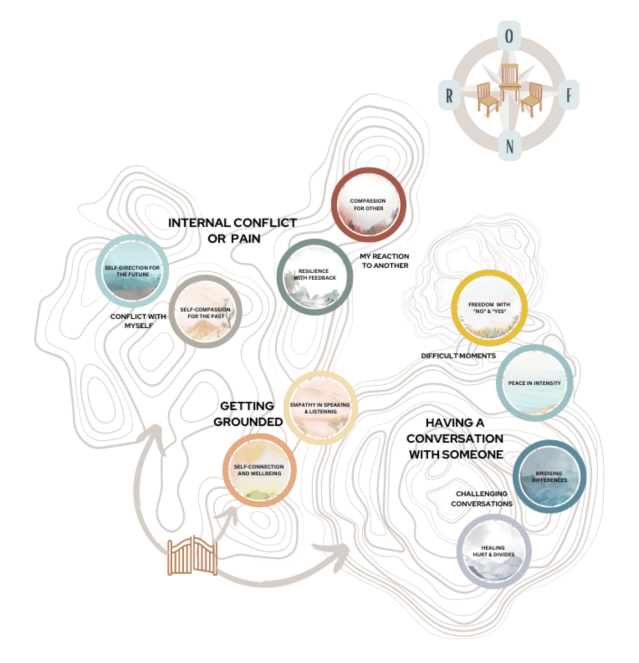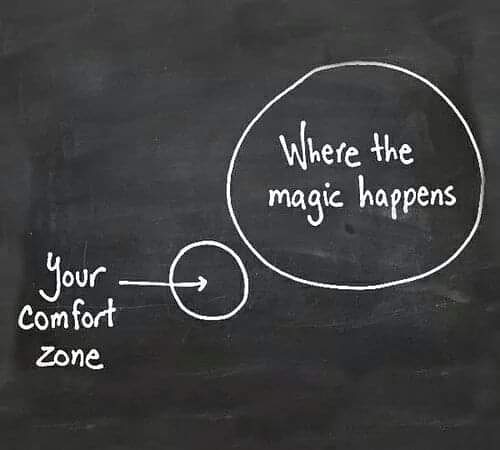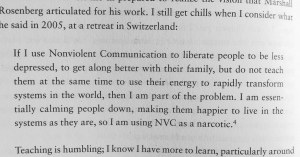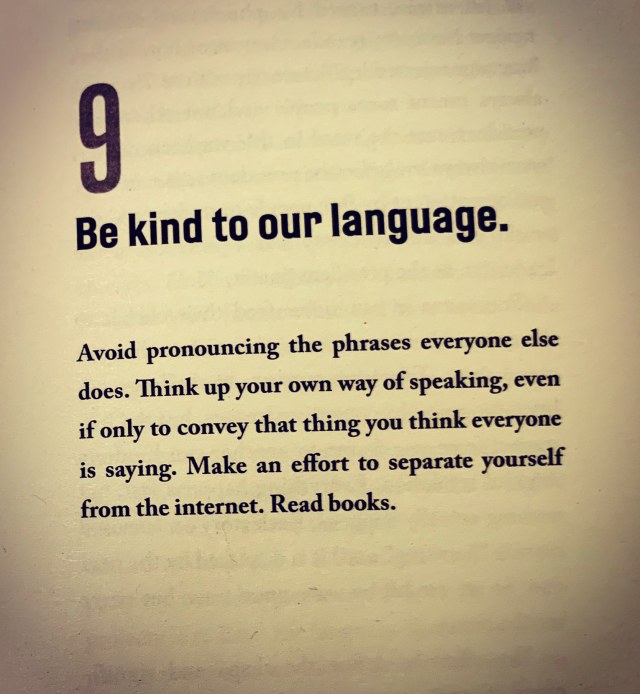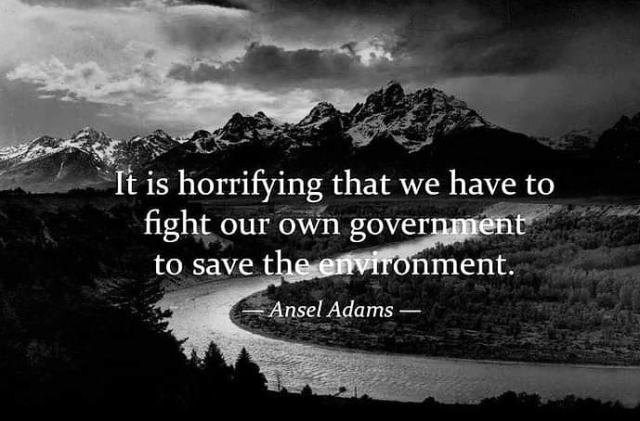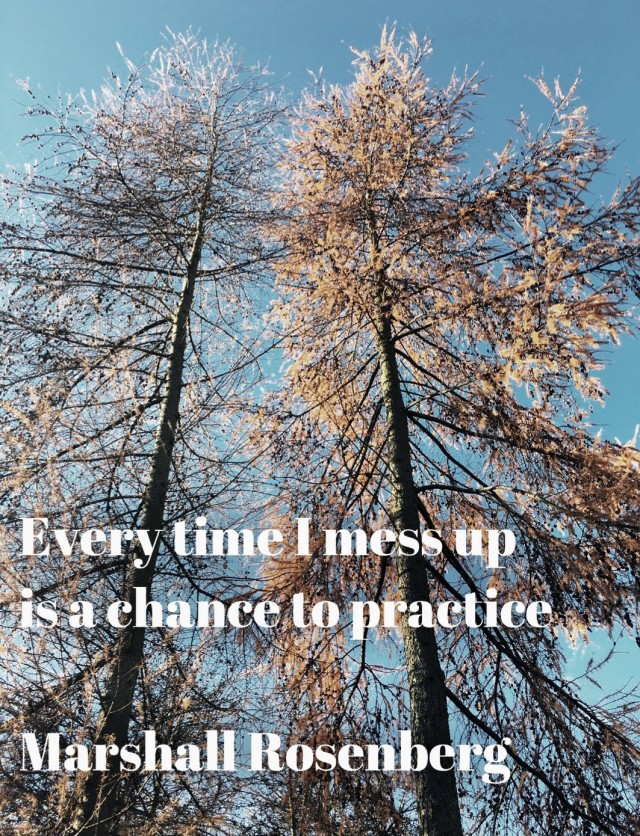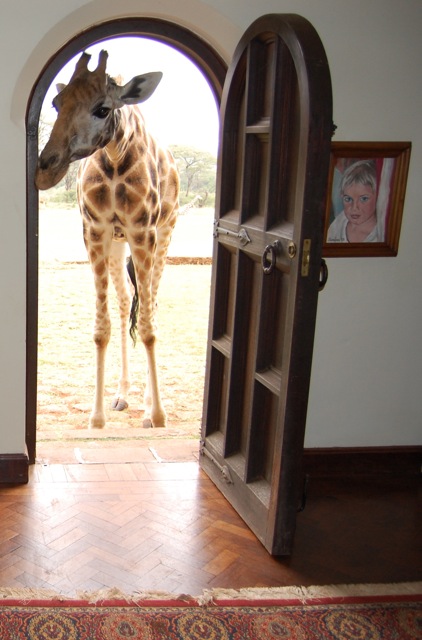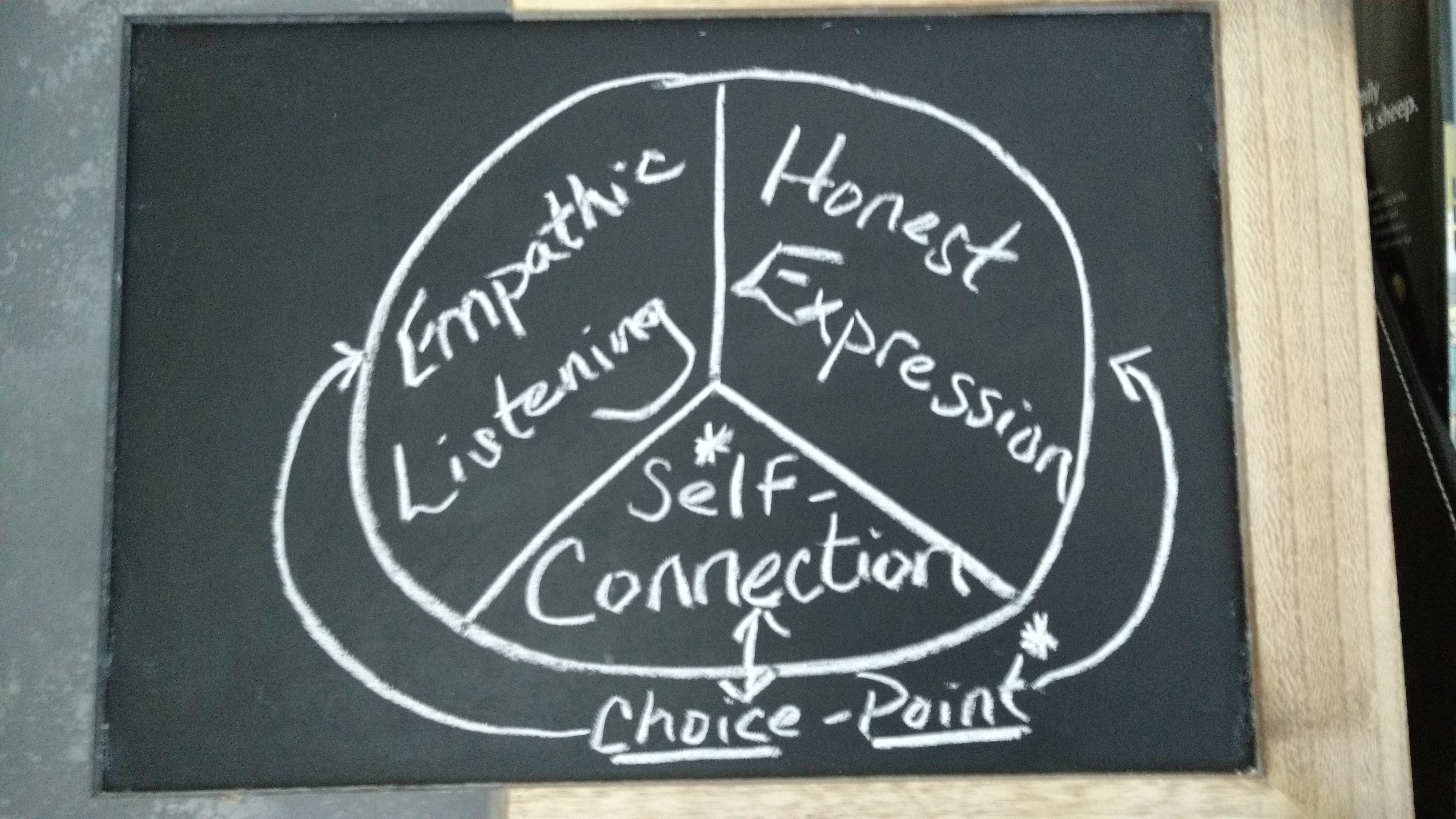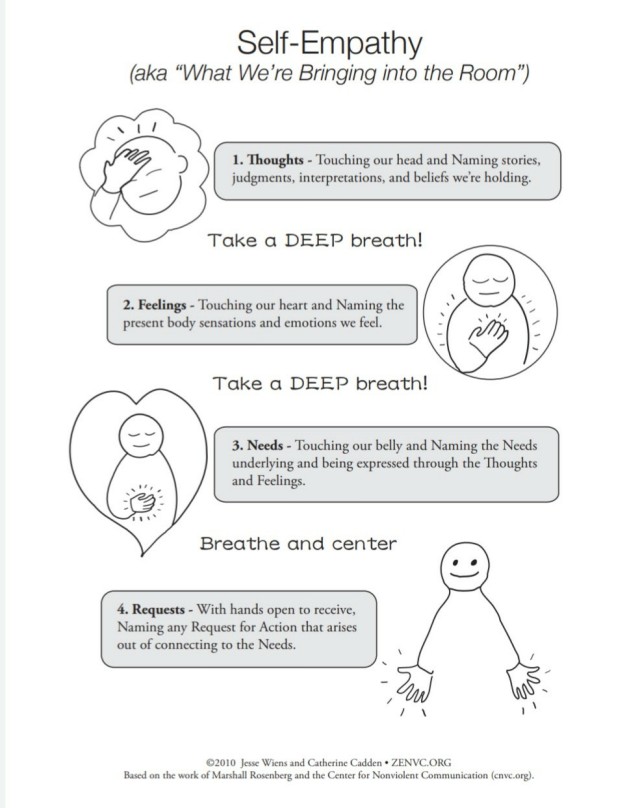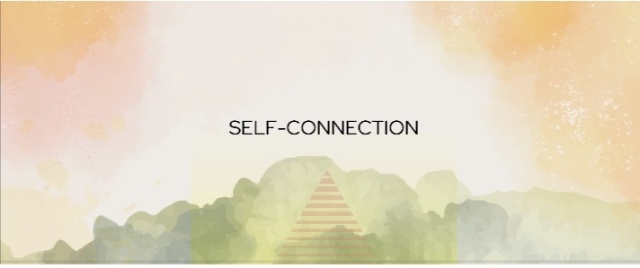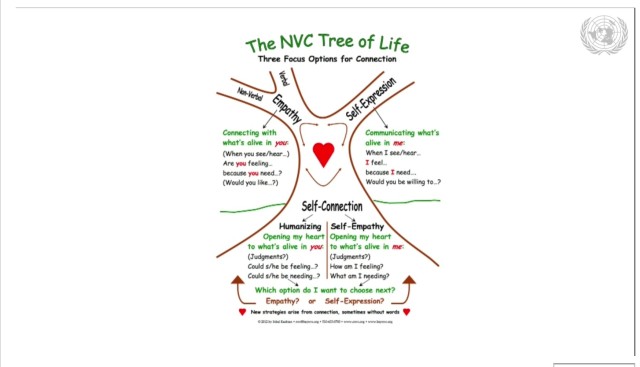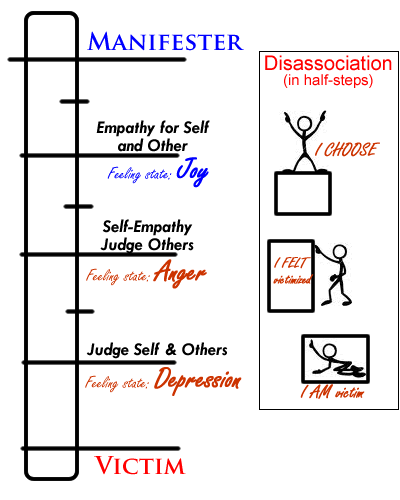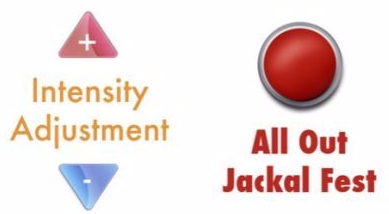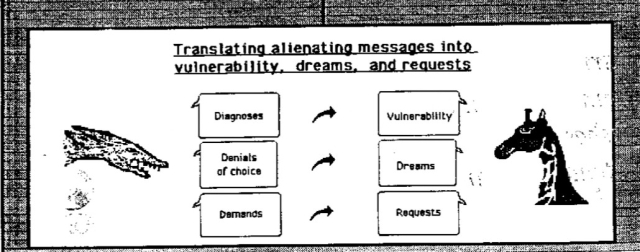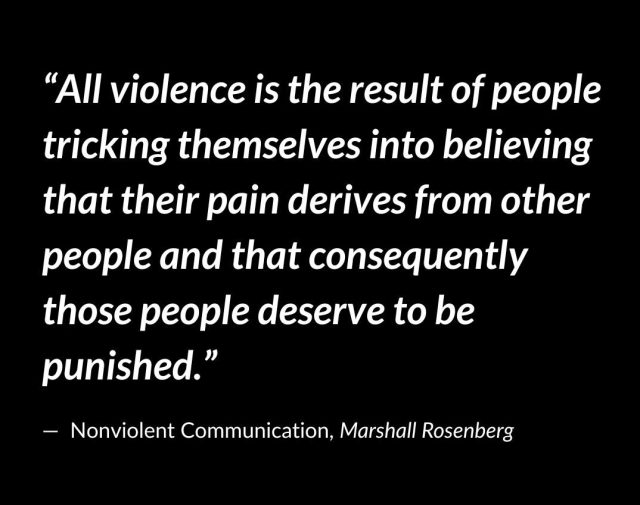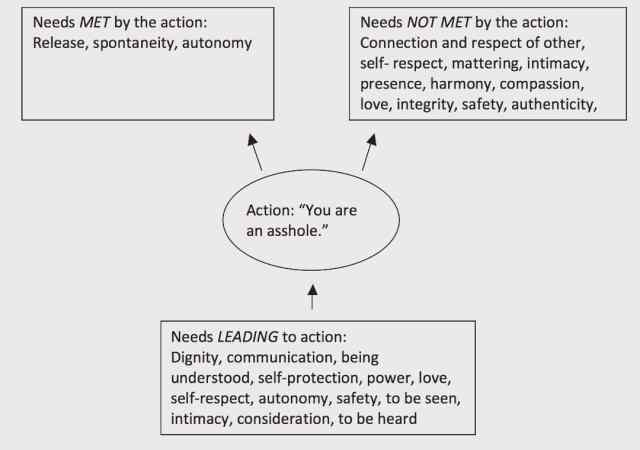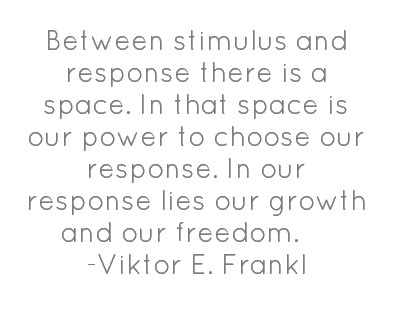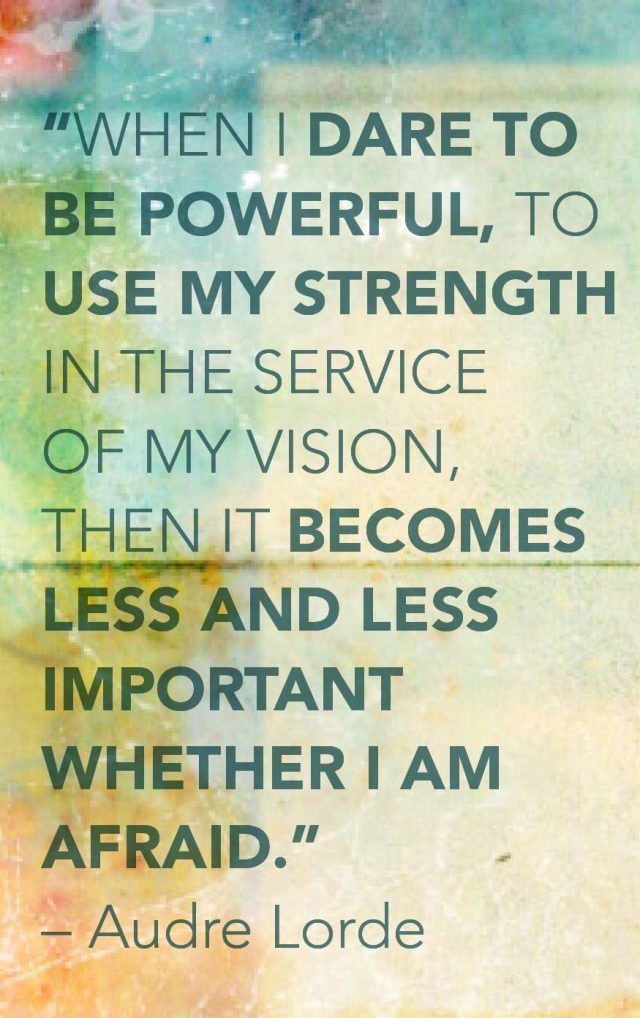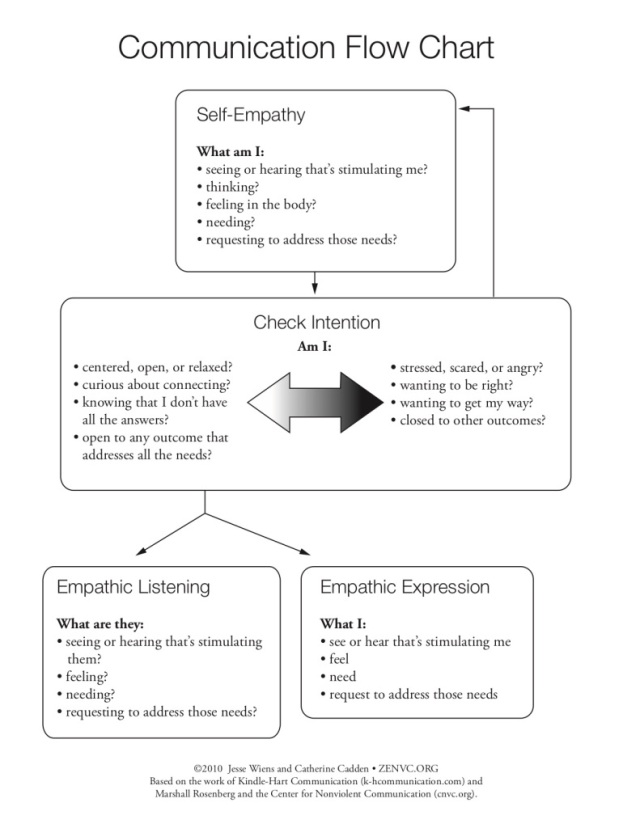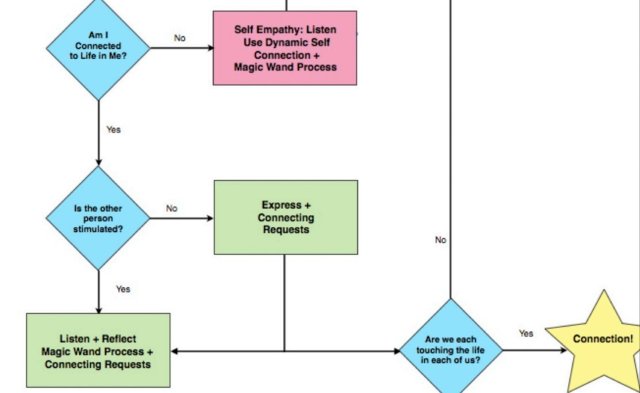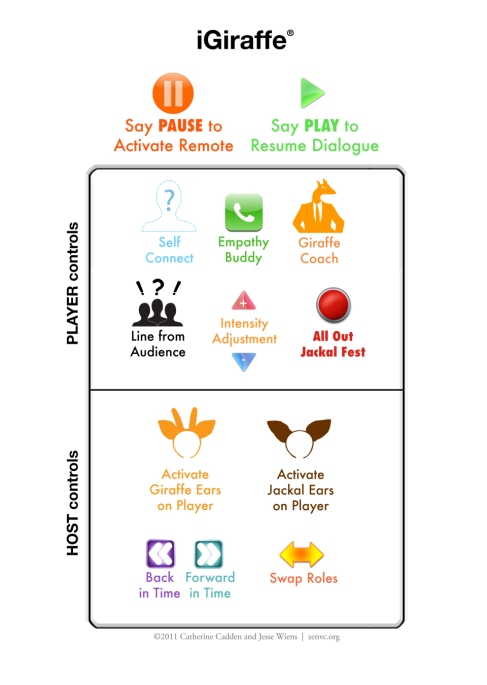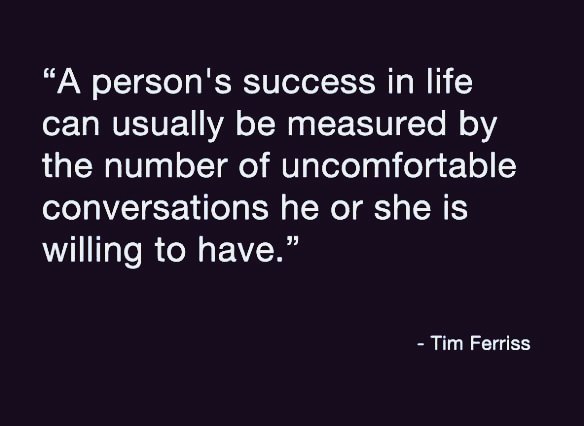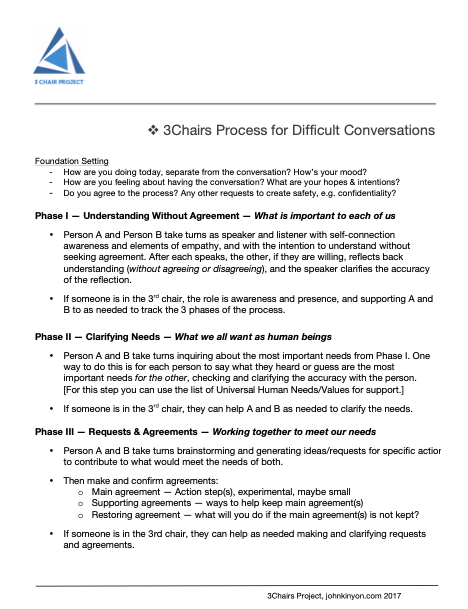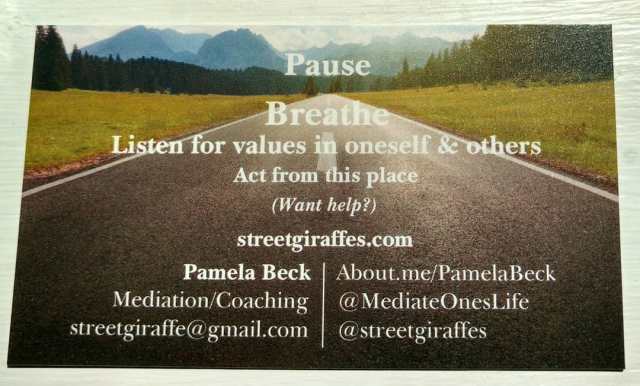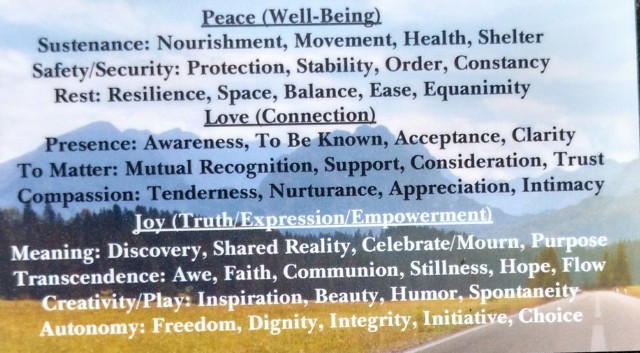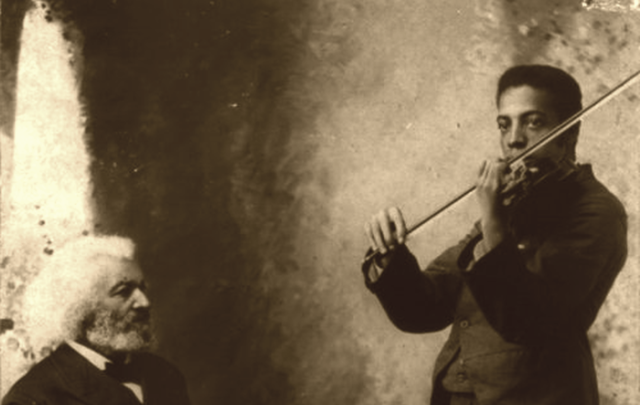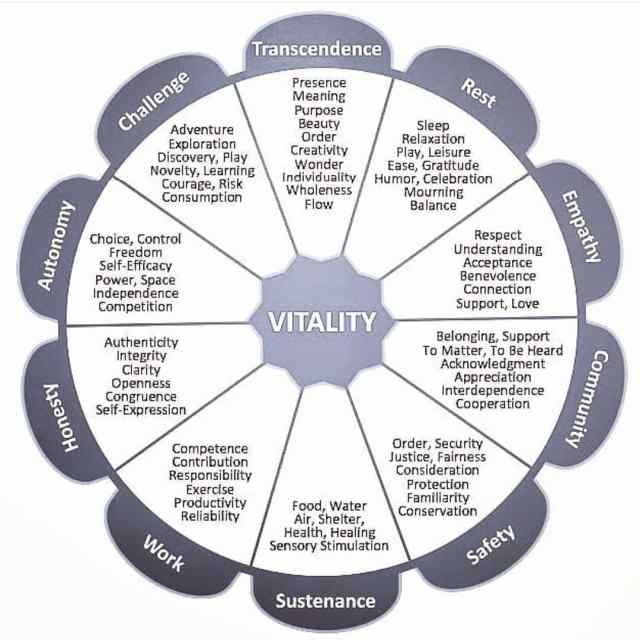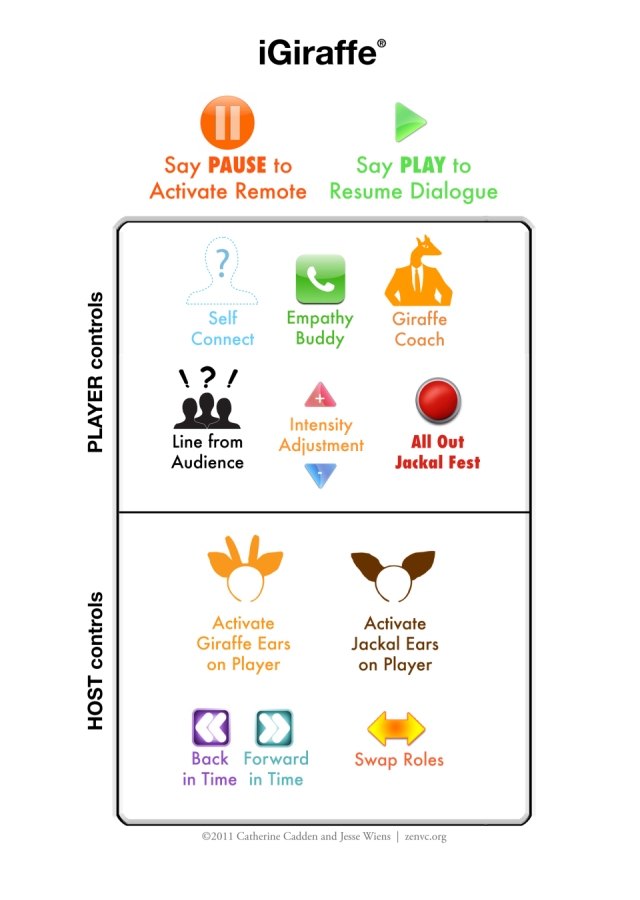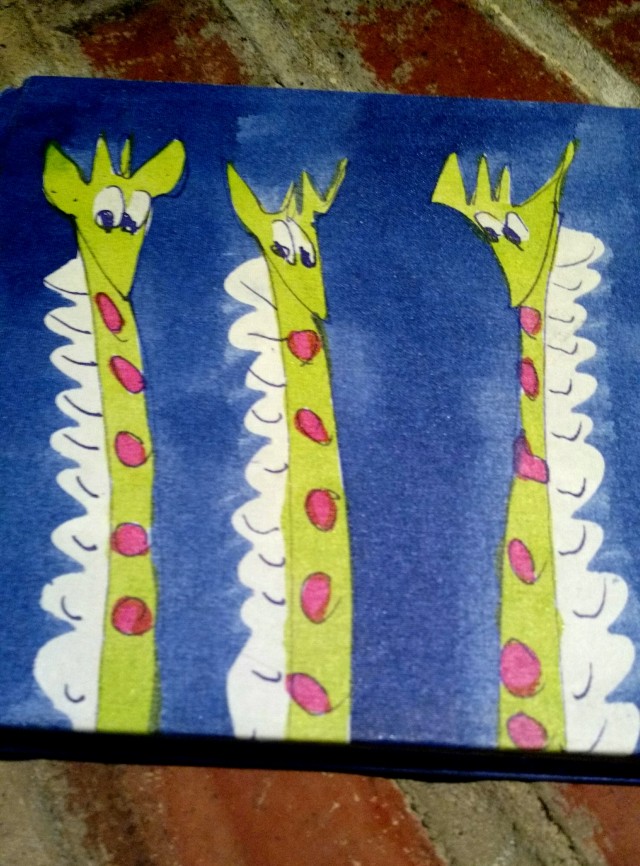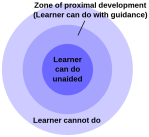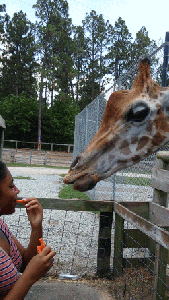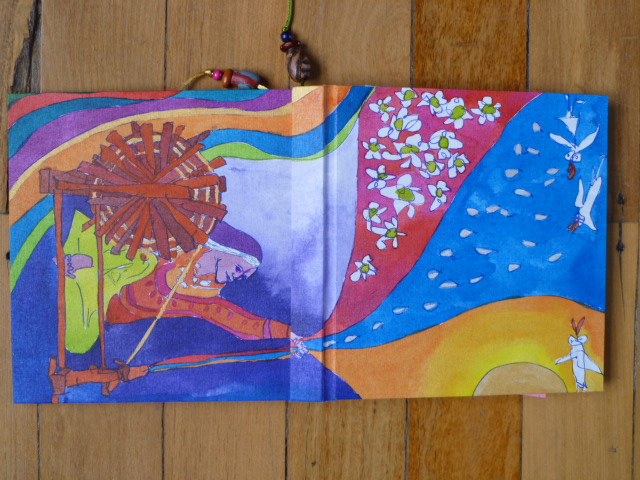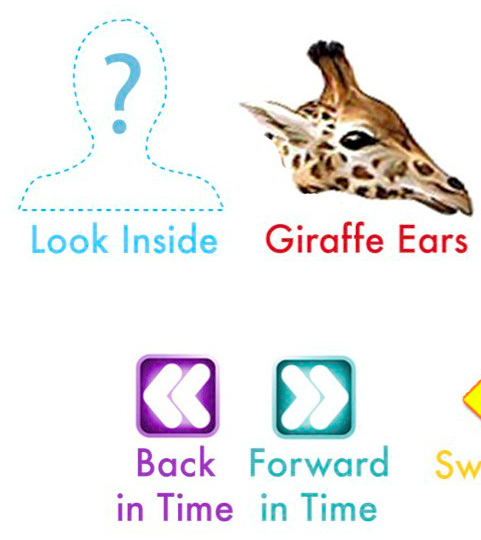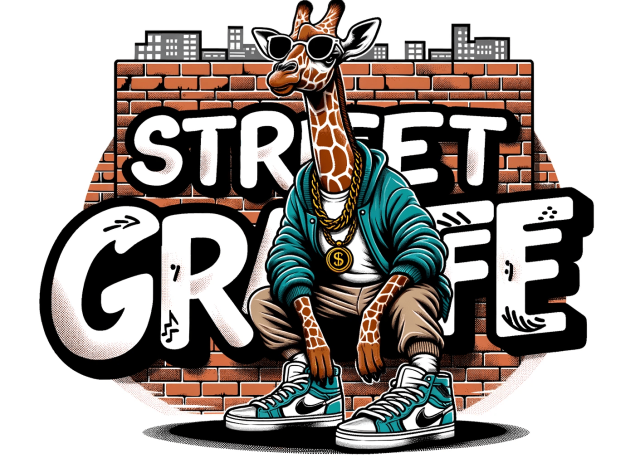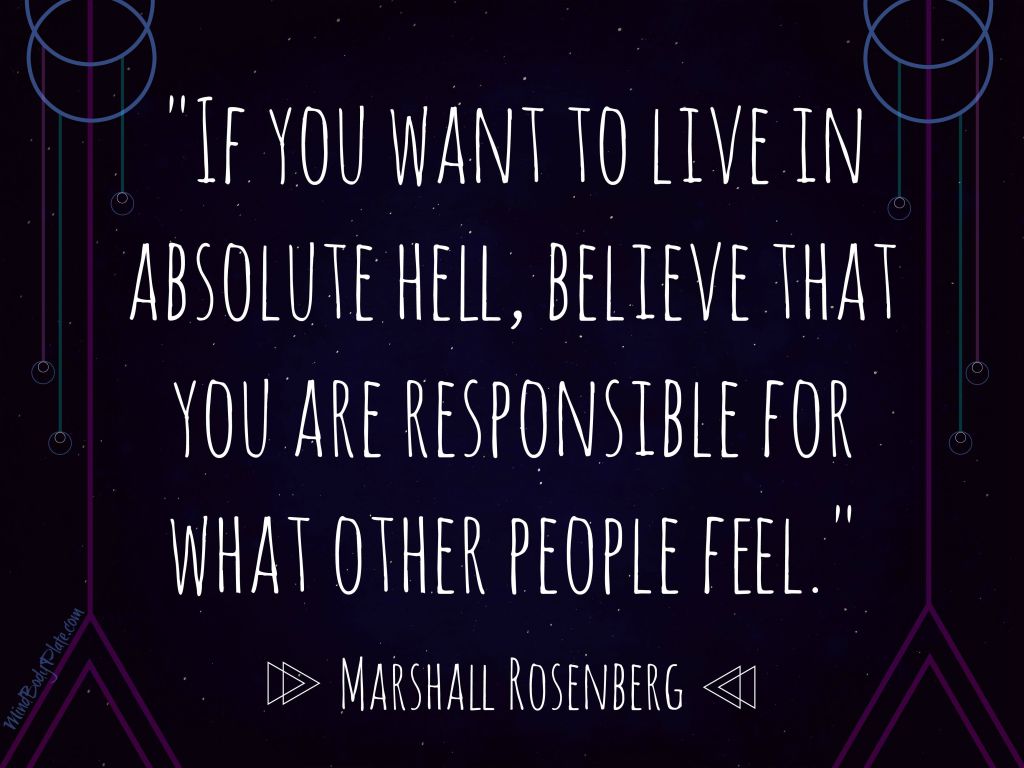
Courtesy of Irina Polikanova
|
(beneath is courtesy of the work of Jim and Jori Manske) Three Layers of Empathy [PDF] |
THREE LAYERS OF EMPATHY
Empathy is being with another with compassion, connecting to the
humanness of their experience. Empathy is the silent presence
with another, not the words we use. We can express our empathy
and some possible ways to express empathy are included here.
ACKNOWLEDGING another’s experience
Reflecting: Observation, Feeling, Request, and/or Wish
NOT: blame, criticism, or evaluation
“(Something) happened. ”
“You are upset.”
“You wish (something different) had happened.”
“You would like (something).”
Connecting to the CAUSE of the feeling (the need)
Connecting to the universal need/value that the feeling is
reflecting, making no reference to any specific person (including
myself) doing any specific action. Notice there is no reference to
“I” or “me” at the causal level.
“Are you feeling _____ because (need) is important to you?”
“Are you valuing (need)?‘
“So for you, (need) is important.”
Some examples of “need” words: security, cooperation, fun, creativity, love,
respect, freedom, healing, understanding, belonging, awareness, etc.
SAVORING the need
Being with the value of the need.
Connecting to the internal resource and universality of the need.
“Ah, (need)”
Space / Silence
Based on the work of Marshall B. Rosenberg, author of Nonviolent Communication
© 2009 peaceworks, Jim and Jori Manske
Certified Trainers with The Center for Nonviolent Communication
505.344.1305
radicalcompassion@gmail.com
pathwaystoliberation.com/about-us
www.cnvc.org

François Barraud – La Tailleuse de Soupe
FYI ~ Empathy Layers.pdf

Universal Human Needs (Wheel)
Yvette Erasmus, PsyD – YouTube
See also:
Empathy Guessing Demystified

|
“The great gift of human beings is that we have the power of empathy, we can all sense a mysterious connection to each other.” ― Meryl Streep |
Workshop by Jori and Jim Manske, May 22, 2011, Oxynard CA
(transcribed and edited by Anjali C. Schreiner)
Empathy is a state of being connected to another person giving them space to be just as they are. Empathy is being present to the kind of energy going on in someone else. NVC is not about changing other people, but to interact in a way to support well-being (for all).
Empathy is where you place your focus allowing the person some space. Words are not required. Some people don’t need words just the space. Marshall said, “ Never think that what you SAY is empathy.” Sometimes as NVC practitioners we think that there is something else we are supposed to be doing. This imperative gets in the way of being present and being with the other person.
Space, Presence, Focus “SPF” are reminder words.
Something about how we focus on feelings and needs (in NVC) often takes us up to our head, and we end up leading people instead of following.
Empathy has gotten confused with sympathy. Sympathy is when you source your own experience. Sympathy helps as a bridge to focus on others. It can be very helpful for another to receive. Notice that it is different to focus on another’s experience allowing them to lead.
Notice Energy: Notice a presence in the room. Even a baby has the ability to sense the energy in a room. It’s so natural and we all have that ability.
Get Clear: If you are giving empathy with a sense of “should” then you are doing empathy not being empathy.
We’re going to unpeel the layers of empathy. There are layers like an artichoke. On top are the spiky ones and gradually you get to the soft heart inside. We can savor our needs when we get to the heart of the matter.
Empathy is pacing with someone, walking with them where they are (step by step).
KEYS:
- If we are pointing somewhere else (leading them) then we have our own agenda.
- True empathy is authentic. If we aren’t in empathy stop. Perhaps expression of honesty is what is more alive for us or self-empathy.
- We can oscillate between empathy for self and empathy for another. We can be present to them and to ourselves as well.
- Keep our reflections and guesses short (up to 10 words or less ideally.) When there are really strong emotions it’s best to use very few words. If we are using more words then they can hear then our focus in on ourselves, not on them.
- What we don’t reflect is any judgments the other says. (We don’t collude with their jackals) because it cements enemy images.
- Avoid using words like, “I or I’m” (I’m hearing, I’m guessing…) because the energy moves to us and it’s distracting vs. totally focused on them (“So for you….., Are you wanting……Does that make sense…..You wished that….)
- Match the feeling tone of the person with your own similar tone. If they are sad and quiet speak in a similar manner that resonates with where they are.
Have you ever said to someone, “Are you feeling X, because you are needing X?” and they said, “Huh?”
KEY: Sometimes guessing feelings and needs can cause disconnection.
Three Layers of Empathy steps:
1. Acknowledging Level : FIRST be with the person and reflect where they are without adding to the disconnection just holding them with acknowledgment.
Acknowledge one little piece of it–as a way to say, I’m here with you. Be in the flow of what’s happening and see what you can connect with.
a. Phrases that help: “So X happened.” “You’re upset.” “Oh, there’s pain for you.” “You’re angry.”
b. Some things are more accessible especially if they are strong.
Like feelings: “You’re really mad.”
Like observations: “She said that she hates you!”
Like strong wishes: “Oh, you wish that something different had happened?” or “You wish X had happened?”
KEY: These things meet people where they are.
2. Causal Level: Connect to the universal need or value that is the cause of their feelings supporting them to go deeper inside to what really matters. Make no reference to any specific person (including myself) doing any specific action.
This is the why of it all. This level is more intrinsic when people settle deeper into themselves after having some acknowledgment of what’s going on with them (step 1). Guessing feelings at level 2 is not that important. ( So X is important to you? You really value X in your work)
3. Savoring the need: Being with the value of the need. Connecting to the internal resource and universality of the need. Savoring is the well. Anything we say at this moment will move them from the well. (Pause and allow them to just be in this space for a moment.) Savoring is just being present saying nothing.
“Ah……(need, value)” (“So X is really important.”)
Space / Silence / Pause
Key: What do you do when the person is done? Be aware of that and stop.
If they have more aspects of this issue they may say more and be back at the first level again. There is no right or wrong way to do this. Usually it’s not a straight line of going from steps 1 to 3. Many times people go to level 2 and back to level 1 several times before they get to savoring. And they might not get to savoring at this time.
Jim: “For me savoring is not the goal. Empathy is the goal.”
My summary of what I heard: The three levels of empathy process is following another person’s expression by being with them with presence and responding in specific ways at the different levels they are in along their winding journey. It is not usually a linear path. It’s about being present with them and myself at the same time. It’s about choosing to be in empathic presence when that is authentic and realizing when it is not authentic. It’s about giving someone the space to express and be heard and offering presence. It’s about following their lead.
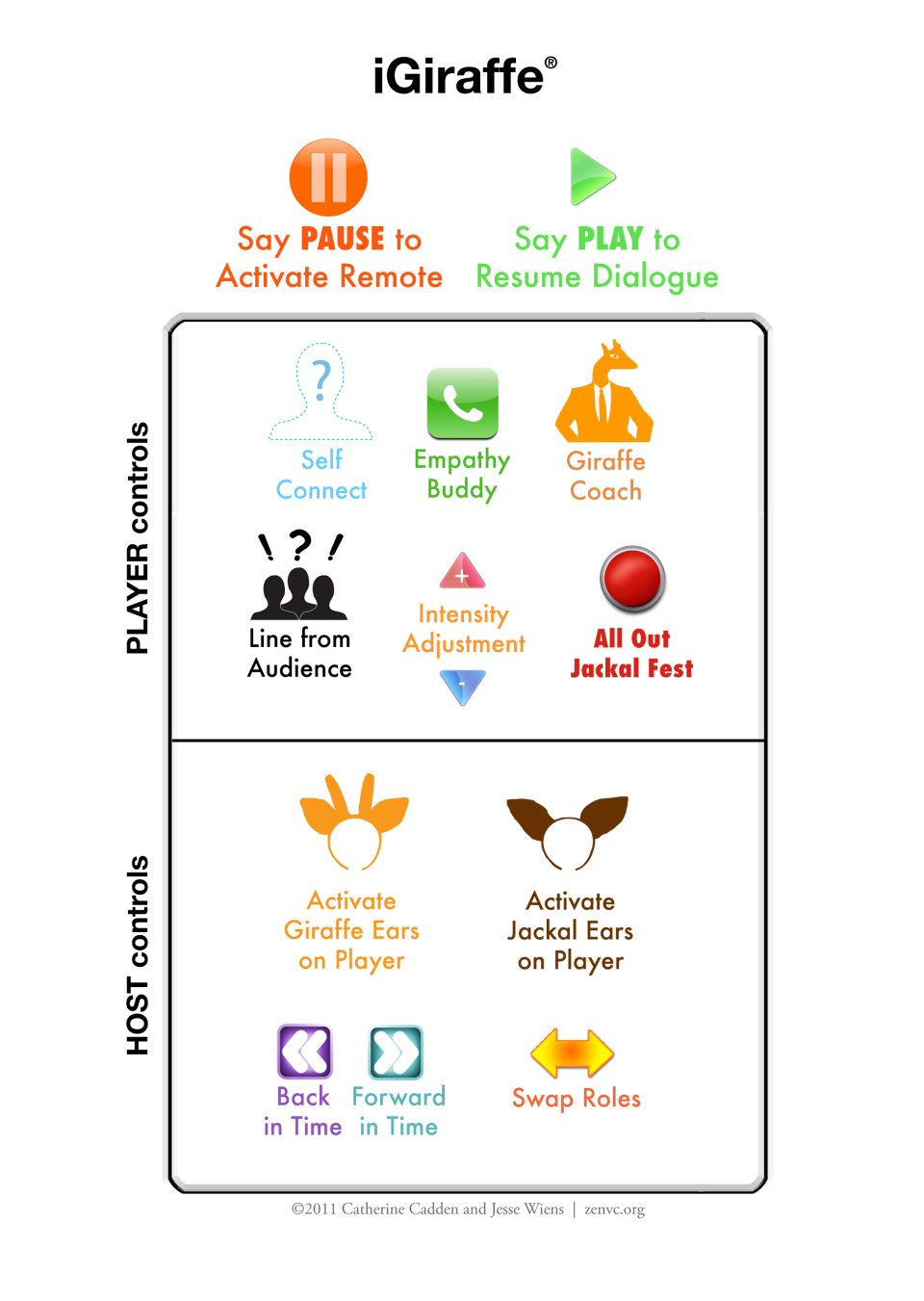

Courtesy of Sven Hartenstein’s cartoons
